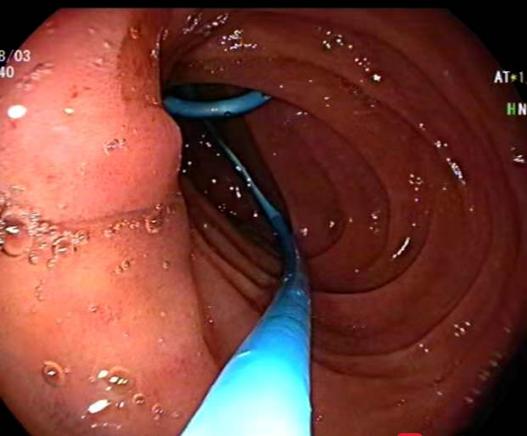Nandu News Fat fish raw is a delicacy that people can't miss, bite after bite of crisp and sweet fish raw, it is so addictive, but the worms in the fish will quietly go to your body to build a house in it.
Love sashimi and raw shrimp?
Beware of "hepatic fluke disease"
More than 140 years ago, the world's first case of liver flukes was found in the body of a 20-year-old Chinese carpenter in Kolkata, India, where a large number of bugs parasitized in his liver, blocking the bile ducts and causing sepsis and septic shock, which eventually led to the death of the young patient.
With the development of technology, scientists have made it clear that hepatic fluke disease is one of the most serious foodborne parasitic diseases in China, and Guangdong is the earliest and most endemic province in China. The reason for the high infection rate has a lot to do with people's diet and living habits, love to eat raw fish and shrimp such as "sashimi", "raw shrimp", or eat tender uncooked fish and shrimp are easy to infect liver flukes.
In addition, not paying attention to the separation of tools during the processing of raw and cooked seafood can also cause contamination. For example, at the end of 2020, a 1-year-old boy in Zhongshan, Guangdong Province, was diagnosed with a variety of parasitic worms such as liver flukes due to fever and vomiting. The reason is that the family has been mixed with raw and cooked with a cutting board for a long time, resulting in cross-infection.
It is reported that the lifespan of liver flukes can be as long as 30 years, from eggs to adults to experience the first intermediate host freshwater snails, the second intermediate host freshwater fish and shrimp, the terminal host is a human or mammal, adults mainly live in the intrahepatic bile ducts.
Liver flukes were identified as
Bile duct cell carcinoma is a clear carcinogen
It is reported that at the beginning of infection, people may not feel much, because the light ones are almost asymptomatic; but if it is severe, there will be abdominal pain, diarrhea, indigestion, malnutrition, fatigue and fatigue, hidden pain in the liver area, hepatomegaly and other clinical manifestations, and late stages can appear cirrhosis and ascites, and cholecystitis, cholangitis, bile duct obstruction, etc., and even cause liver cancer. In 2009, the World Health Organization's (WHO) International Agency for Research on Cancer identified hepatosomiasis as a definitive carcinogen for cholangiocarcinoma. If the host is a child, it can also seriously affect growth and development, and even lead to dwarfism.
So how do you know if you have liver flukes in your body? There are currently three methods: stool egg search (advantages: simple and easy; disadvantages: low positive rate / not easy to find), blood test liver fluke antibodies (advantages: no need for fasting, cheap cost; disadvantages: positive indicates current or previous liver fluke infection, can not be clear whether the current infection, may appear false positive or false negative, negative does not exclude liver fluke infection), gastroscopy-guided duodenal fluid drainage (high positive rate, is the most recommended test method for repeated stool eggs negative).

Gastroscopically guided drainage of duodenal fluid
Liver fluke eggs in drainage fluid
After taking anthelmintic drugs, liver flukes are excreted from the body
Written by: Nandu reporter Yang Liyun correspondent Song Lin Hu Yingyi